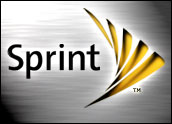
Sprint Nextel delivered its Q4 and full year 2011 financial results on Wednesday. The third-largest wireless carrier reported an adjusted OIBDA of US$842 million for the fourth quarter and nearly $5.1 billion for the full year 2011. The company’s stock price fell after it posted an overall fourth-quarter loss.
In 2011, Sprint added the iPhone to its roster. Subsidizing the popular Apple phone left the provider with a hefty bill.
The net loss for the quarter expanded to $1.3 billion (43 cents a share) from $929 million (31 cents) a year earlier. This is the company’s largest loss in three years.
Sprint sold 1.8 million iPhones in the period, the first quarter of sales for the device. Revenue rose 5 percent to $8.7 billion. The average monthly bill for contracts rose to $58.59, compared with the average of $58.11. The company added 161,000 contract subscribers.
The iPhone boosted Sprint’s subsidy expenses for the quarter to $1.7 billion from the year-earlier figure of $1.2 billion.
Will Sprint’s Investment Pay?
Sprint is gambling that the loss it is taking on the iPhone will pay off in the long run. The iPhone has exceeded the company’s expectations for bringing in new blood.
“Sprint sold 1.8 million iPhones with 40 percent of those going to new customers,” Sprint spokesperson Scott Sloan told the E-Commerce Times. “The best indicator of the success of the iPhone is the number of new customers it brings, and we are surpassing expectations.”
The fact that Sprint is the only provider offering an unlimited data plan for the iPhone is likely attracting customers.
“With the unlimited data plan, we believe we have a disproportionate opportunity over time to improve our marketshare,” Sloan said.
The iPhone may not be profitable in the short term, he acknowledged. “In the long term, though, we to expect high customer lifetime value for iPhone customers relative to other smartphone customers.”
Sprint’s Golden Ticket
The iPhone is critical to Sprint’s competitive strategy, so making the investment and taking the initial loss could end up being worth it.
“As the U.S. population approaches smartphone saturation, it is becoming more difficult for U.S. wireless operators to attract new customers and keep the customers they have,” Allen Nogee, principal analyst for wireless technology at In-Stat, told the E-Commerce Times.
The iPhone is important to Sprint if the company wants to compete with the likes of AT&T and Verizon, he said.
Even so, it’s a pricey device. “Unfortunately for Sprint, the iPhone is the most expensive smartphone to subsidize, but not an unreasonable amount over other high-end smartphones,” Nogee pointed out.
As long as the iPhone remains hot, Sprint should be able to enjoy a steady flow of new customers. Verizon offers other devices in the “must-have” category, which is one factor that gives it the upper hand over Sprint.
“Customers are drawn to the latest and greatest devices more than any other aspect,” said Nogee. “For this reason, Sprint needs to get some high-profile devices and promote them in much the same way that Verizon has done with its Droid line.”
Throwing the Dice
So far, Sprint’s iPhone introduction has been more successful than Verizon’s. While it hurt the fourth-quarter bottom line, it is expected to boost revenue going forward.
“The risk is worth it for Sprint to remain in the game and protect its existing subscriber base from churning to the competitors’ iPhone and LTE smartphone offerings,” Neil Shah, analyst for wireless device strategies at Strategy Analytics, told the E-Commerce Times.
“The 1.8 million iPhone activations with higher proportion of new-adds indicates a relatively better performance than Verizon’s iPhone debut in Q1 2011,” he said.
That is especially impressive, Shah added, since four U.S. carriers now sell the device.
Adopting the iPhone was the right move for Sprint, in his view. Once the company swallows the subsidy lump, it may be on the right track.
“Revenue is up, postpaid ARPU is up, and subscriber base rose to an all-time high,” said Shah. “The only concern for Sprint would be the higher cost of acquisition of an iPhone subscriber, which warrants the carrier keep its OPEX in check considering the significant CAPEX required for its upcoming Network Vision LTE rollout.”




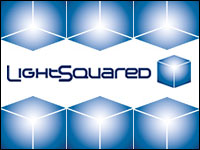
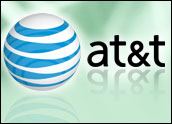
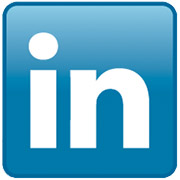
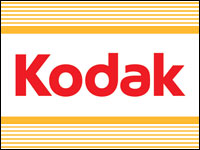
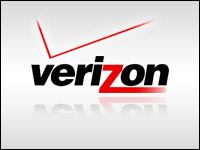












































Social Media
See all Social Media